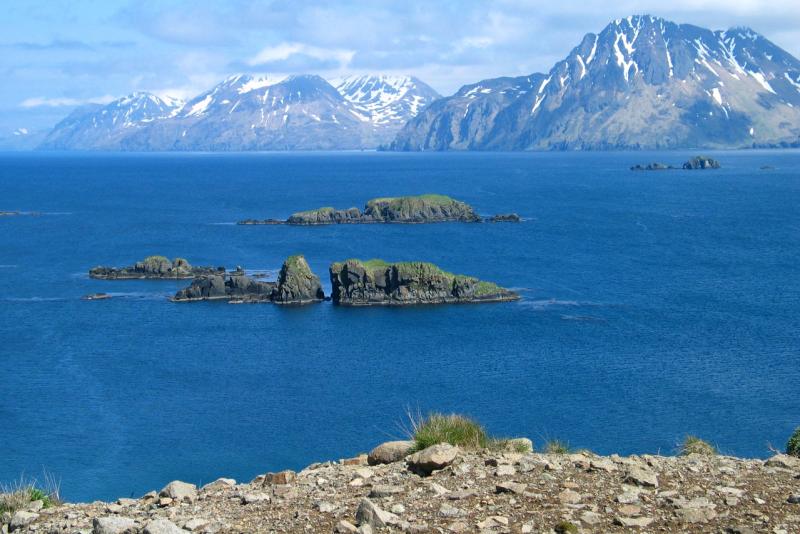Discover why the Aleutian Islands Belong in the Spotlight
- The Aleutian Island ecosystem supports a rich diversity of species found in few other places in the world. Such intense biodiversity, more typically associated with tropical rainforests or coral reefs, is especially rare at high latitudes.
- A convergence of seas, storms, and volcanoes create the dynamic environment that supports incredible biodiversity. The Aleutians separate the Pacific Ocean and Bering Sea. They are whipped by notorious winds and battered by 50 foot waves. They form the 1,200-mile northern arc of the Pacific Ring of Fire.
- NOAA Fisheries scientists continue to discover new species of fish and invertebrates in the Aleutians. Some Aleutian species show promise in medicine, including a potential treatment for cancer.
- Whales, porpoises, sea otters, seals, sea lions, and seabirds live and feed in the Aleutian ecosystem. Some islands are important rookeries for seals and sea lions. Passages between islands are critical migration routes for endangered whales.
- Not only a great diversity, but a great abundance of life thrives in seas surrounding the Aleutians. Overall Alaska is responsible for more than half of the nation’s seafood harvest.
- The Aleutian Islands are home to Dutch Harbor, America’s biggest and busiest fishing port. Alaska Pollock is the highest volume fishery, but other important harvests include halibut, cod, rockfish, and crab.




